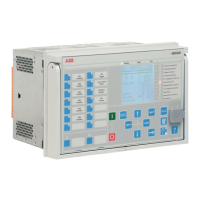Figure 413: Natural unbalance compensation. (a) Healthy condition when the natural
unbalance is recorded (b) Unbalance compensation during faulty conditions
The natural unbalance current compensation is enabled using the setting
Natural
Comp Enable
. If
Natural Comp Enable
is set to “FALSE”, the unbalance current is not
compensated. If
Natural Comp Enable
is set to “TRUE”, the compensated unbalance
current is calculated based on the equation.
I I I
CompUnb Unb NatUnb
= −
(Equation 148)
The amplitude I_AMPL_COMP and the angle I_ANGL_COMP of the compensated
unbalance current
are available in the monitored data view.
Level detector 1
The calculated compensated unbalance current I_AMPL_COMP is compared to the
set
Start value
. If I_AMPL_COMP exceeds the set
Start value
, the Level detector 1
sends an enabling signal to the Timer 1 module.
Timer 1
Once activated, the Timer 1 module activates the START output. Depending on the
value of the
Operating curve type
setting, the time characteristics are according
to DT or IDMT. When the operation timer has reached the value of
Operate delay
time
in the DT mode or the maximum value defined by the inverse time curve, the
OPERATE output is activated. When the user-programmable IDMT curve is selected,
the operation time characteristics are defined by the parameters
Curve parameter
A
,
Curve parameter B
,
Curve parameter C
and
Curve parameter E
.
In a drop-off situation, that is when a fault suddenly disappears before the operate
delay is exceeded, the Timer 1 reset state is activated. The functionality of the Timer
1 in the reset state depends on the combination of the Operating curve type and
Reset delay time
settings. When the DT characteristic is selected, the reset timer
runs until the set
Reset delay time
value is exceeded. When the IDMT curves are
1MRS757644 H
Protection functions
620 series
Technical Manual
785

